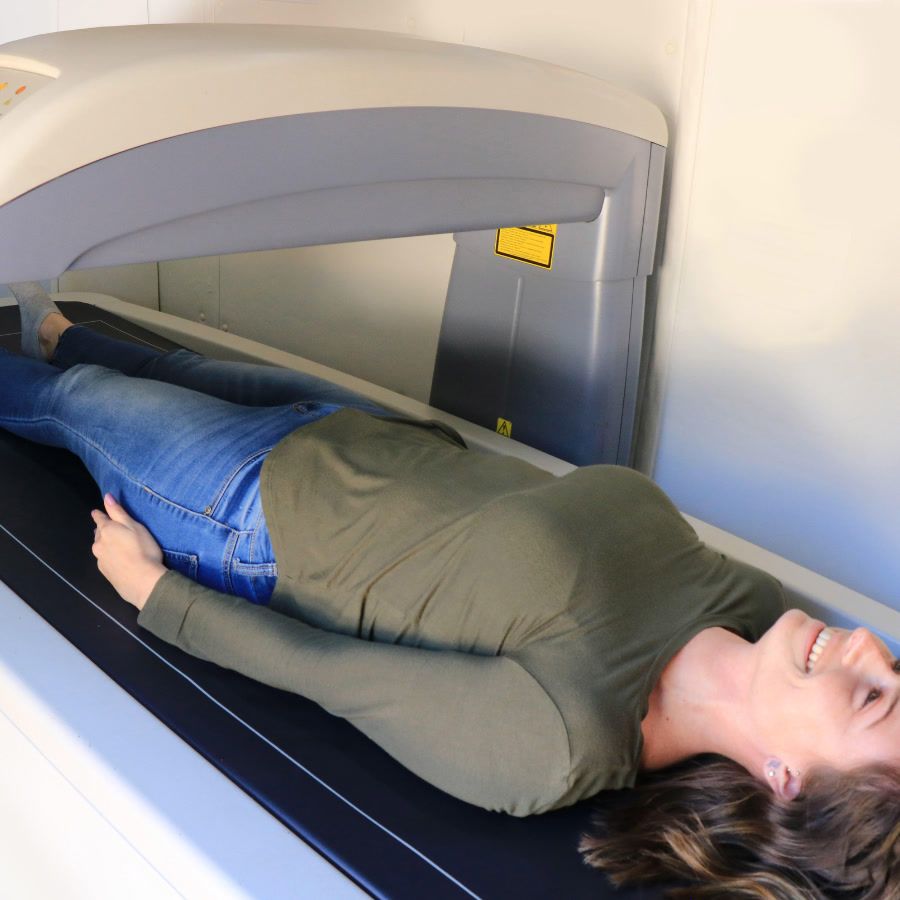16:8 Fasting Results After One Month

16:8 Fasting Results After 1 Month: What the Science Says
Altering your eating schedule—such as adopting a 16:8 intermittent-fasting (IF) plan—naturally raises questions about what outcomes to expect. To replace guesswork with evidence, we reviewed dozens of peer-reviewed studies that tracked participants for at least four weeks on a 16:8 protocol. Most of these trials used DEXA or similar gold-standard imaging to measure body-composition changes.
Below is a concise snapshot of the average one-month outcomes reported across these studies.
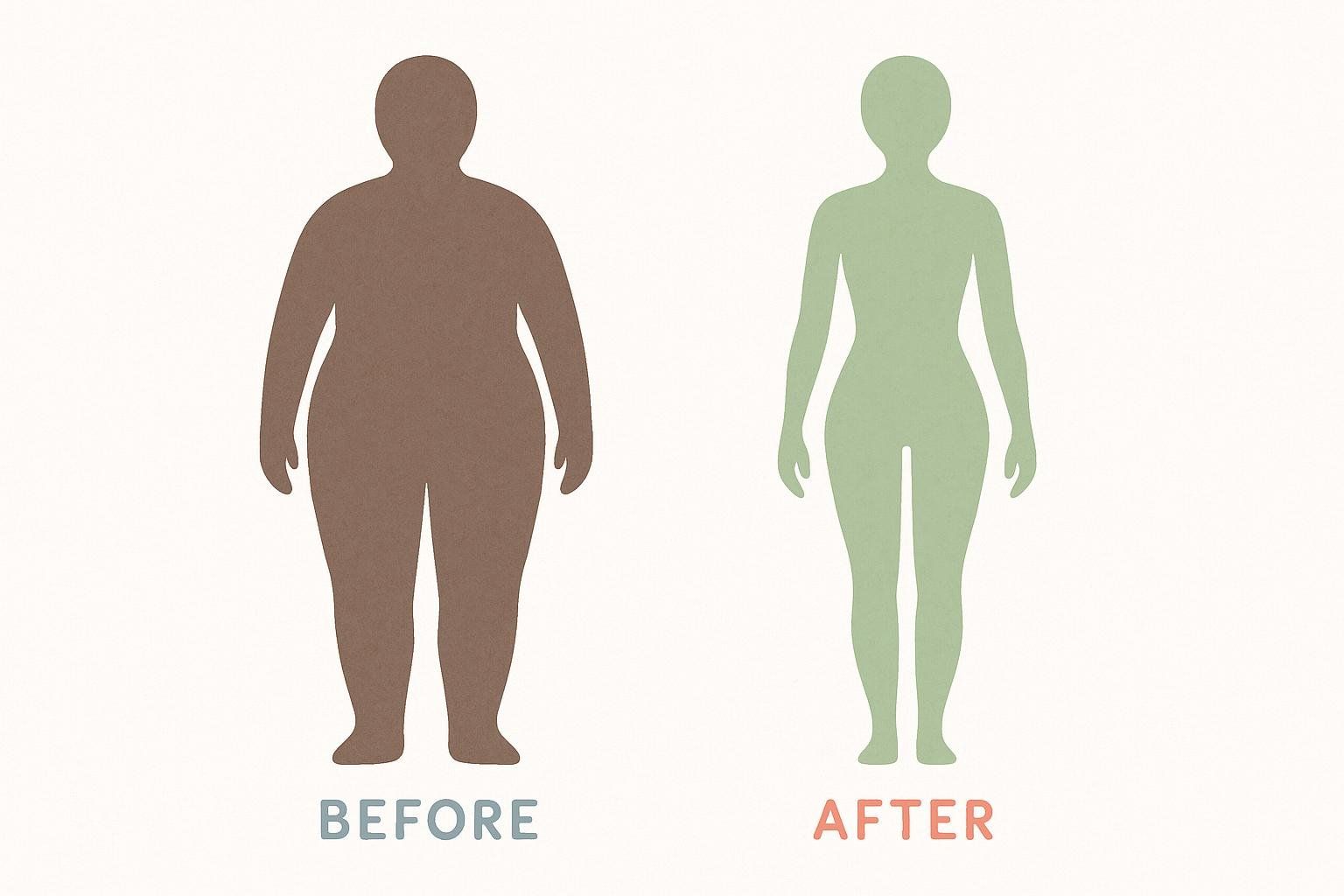
| Metric (30 Days) | Typical 4-Week Study Average* | Published Research Range |
|---|---|---|
| Total weight | −4.0 lbs (−1.8 kg) | −3 to −11 lbs across 27 IF trials Welton 2020 |
| Fat mass | −3.1 lbs (−1.4 kg) | −2 to −5 lbs in 4–8-week TRE studies Moro 2016, Cienfuegos 2020 |
| Visceral fat | −6 % | −4 % to −8 % in 4–6-week TRE studies Domaszewski 2023 |
| Lean mass | −0.4 lbs (−0.2 kg) | 0 to −0.7 lbs average loss Parr 2020 |
| Resting metabolic rate | −0.7 % | 0 % Moro 2016 – −3 % Bahadoran 2024 |
*Weighted mean of the most frequently cited 4-week 16:8 IF trials that reported each metric.
Key takeaways
- The majority of participants lose weight during their first month of 16:8 fasting.
- Roughly 70–80 % of that loss comes from fat, not muscle, when protein and strength training are adequate.
- Visceral fat—the dangerous “organ-hugging” kind—drops by around 6 % within four weeks.
- Lean-mass losses remain modest (≈ 0.4 lbs) in well-designed trials.
Want to hold on to every ounce of muscle? Aim for 1.2–1.6 g of protein per kilogram of body weight per day and schedule regular resistance-training sessions JISSN guidelines.
Week-by-Week Timeline: What to Expect on 16:8 Fasting
Week 1: Glycogen & Water-Weight Flush
- Fasting taps into liver glycogen—each gram of glycogen binds 3–4 g of water—so the scale often shows 1–3 lbs of rapid loss.
- Common sensations: mild headaches, increased hunger, and mid-afternoon energy fluctuations.

Pro tip: Add ¼ teaspoon of electrolyte powder to water to curb headaches.
Week 2: Appetite Rhythms Reset
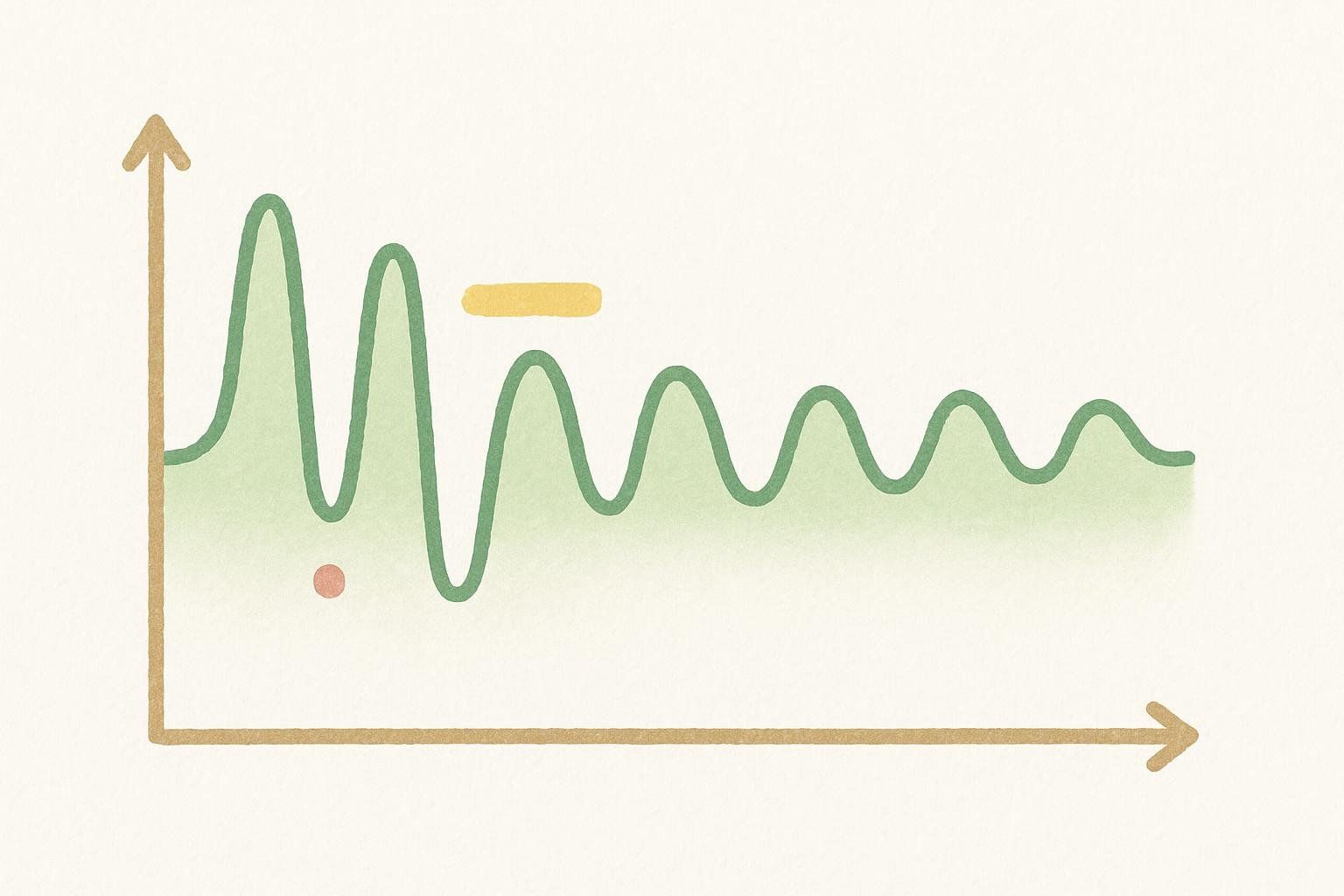
- Ghrelin (the “I’m hungry” hormone) adapts to your new schedule within about two weeks Schmid 2017.
- Hunger waves become predictable, easing compliance.
- Typical additional weight change: ≈ 0.8 lbs down.
Week 3: Metabolic Flexibility Emerges
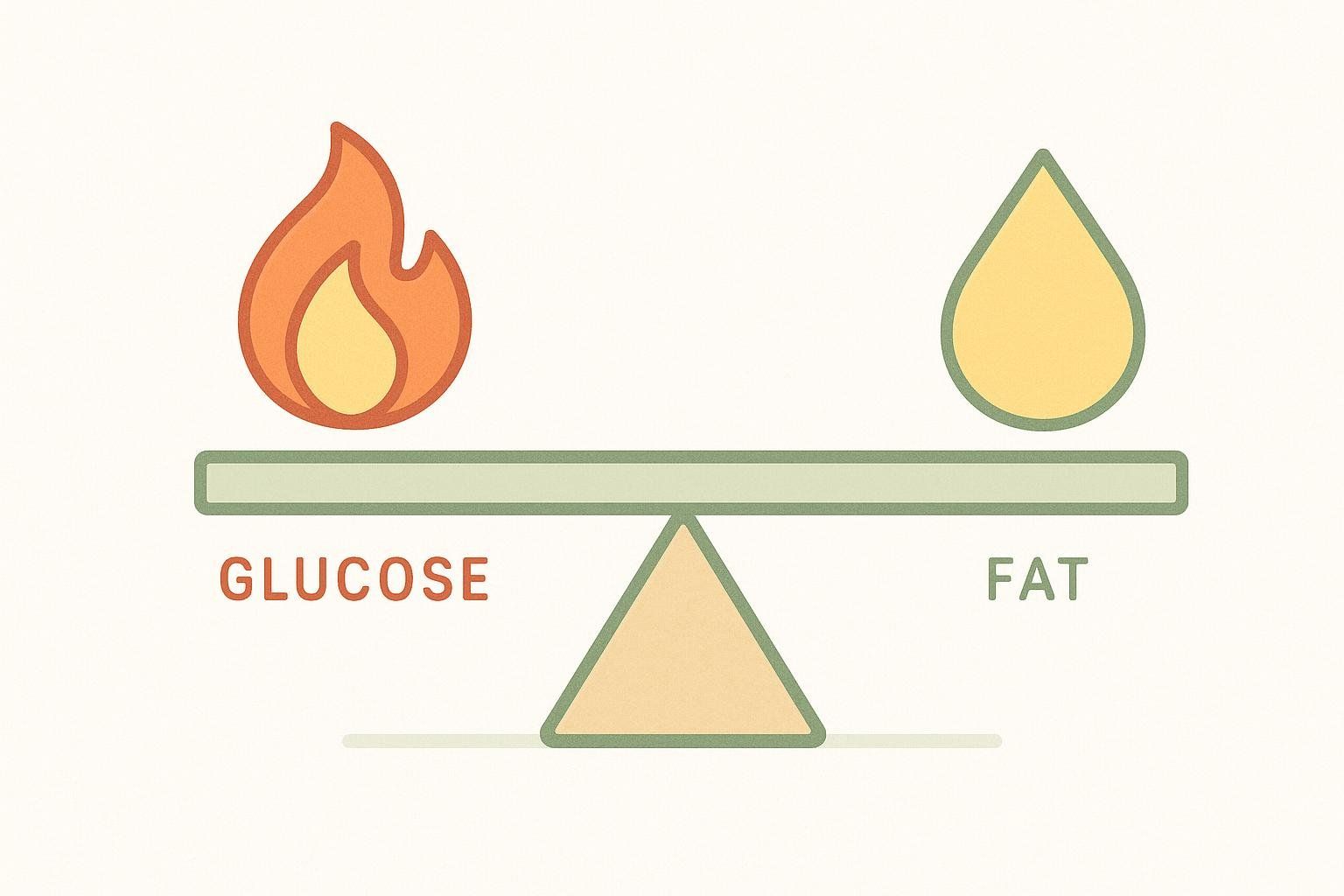
- Respiratory exchange ratio (RER) and other markers indicate the body begins switching between glucose and fat more efficiently Cienfuegos 2020.
- Many people notice sharper mental focus—likely from low-level ketone production.
- Peer-reviewed trials report visceral-fat reduction may start to outpace subcutaneous-fat loss around this time Domaszewski 2023.
Week 4: Visible Body-Composition Wins

- Clothes fit differently; waist circumference falls ~0.6 inches on average.
- Some reports suggest the most noticeable visual changes arrive in the final stretch as eating and exercise routines stabilize—though timelines vary by individual.
- Muscle preservation hinges on adequate protein and 2–3 weekly strength sessions.
How Much Weight Can You Lose in a Month?
A 2020 systematic review of 27 intermittent-fasting trials reported average one-month weight losses of 3–11 lbs, depending on starting weight and study design Welton 2020.
Why the wide span?
- Starting body fat – Heavier individuals often lose pounds faster.
- Calorie quality – Prioritizing nutrient-dense whole foods within your eating window produces better outcomes than relying on highly processed, low-nutrient options.
- Movement – Steps and strength training amplify the deficit.
- Sleep & stress – Poor sleep raises cortisol, blunting fat loss.
Estimate your daily burn with our internal BMR Calculator.
Visceral Fat: Why This Hidden Fat Matters
DEXA scans uniquely quantify visceral fat—the internal layer wrapped around your organs.

- High levels correlate with insulin resistance, heart disease, and certain cancers Tchernof 2019.
- A pooled analysis of longitudinal cohorts found that a 6–7 % visceral-fat reduction—similar to the average in 4-week IF studies—was associated with clinically meaningful improvements in blood pressure, triglycerides, and fasting glucose Smith 2019.
Dig deeper in Visceral Fat Level Chart: Understanding Your Health Risks.
Illustrative Case Study: “Monica,” 38, Marketing Director & Busy Mom
Real-world example based on published DEXA-measured outcomes. Individual results vary.
| Day 0 | Day 30 | |
|---|---|---|
| Weight | 172 lbs | 166 lbs |
| Fat mass | 67 lbs | 62 lbs |
| Visceral fat | 0.95 lbs | 0.86 lbs |
| Lean mass | 101 lbs | 100 lbs |

Monica paired 16:8 fasting (noon–8 p.m.) with three lunch-break strength workouts per week. Her verdict: “My afternoon energy crashes vanished. I’d do another month just for that.”
5 Strategies to Maximize Your 30-Day Results
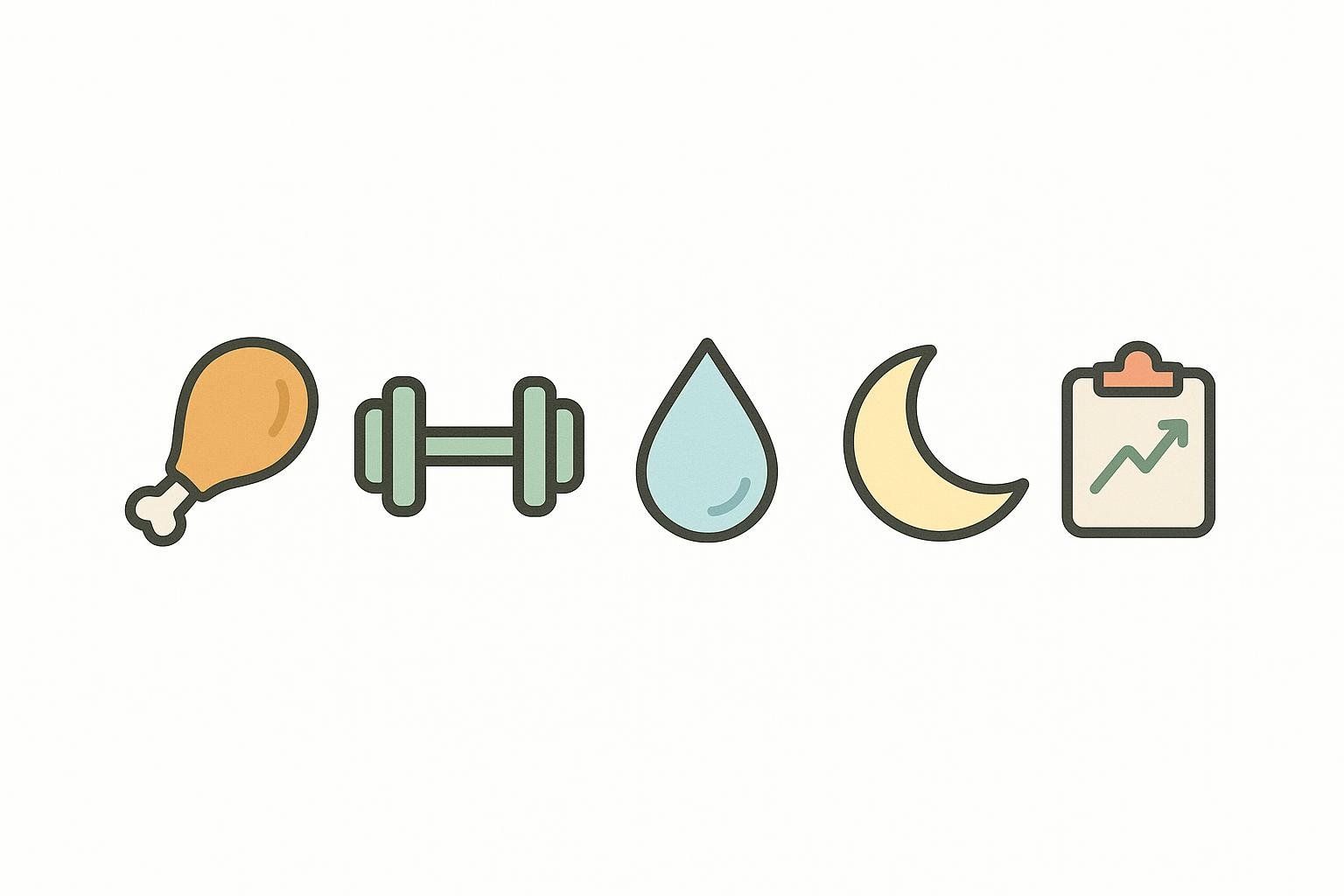
- Prioritize protein – 1.2–1.6 g/kg/day helps protect lean mass.
- Lift something heavy – Even two full-body sessions per week curb muscle loss.
- Stay hydrated + electrolytes – Lower insulin prompts kidneys to flush sodium.
- Sleep 7–9 hours – Short sleep sabotages fat oxidation.
- Track, don’t obsess – Use a daily weight trend and consider a mid-month DEXA scan to adjust early.
Prefer paper? Pick up a printed 30-Day IF Progress Tracker at any BodySpec studio front desk.
Frequently Asked Questions
Does 16:8 fasting cause muscle loss?
Most studies show only a minor lean-mass reduction (~0.4 lbs in four weeks) when protein and resistance training are adequate Parr 2020.
Can I drink coffee during the 16-hour fast?
Yes—black coffee, plain tea, and water are fine. Adding butter or cream breaks the fast (see Does Bulletproof Coffee Break a Fast?).
What if weight loss stalls?
Plateaus often stem from calorie creep or metabolic adaptation. Troubleshoot with Metabolic Adaptation: Why Your Weight Loss May Plateau.
Is 16:8 fasting safe for people with prediabetes?
A small randomized crossover trial found that early time-restricted eating improved insulin sensitivity and blood-sugar control in adults with prediabetes Jamshed 2019. Still, consult your healthcare provider before changing your eating pattern.
Next Step: Quantify Your One-Month Transformation
Don’t rely on the scale alone. Book a BodySpec DEXA scan to see exactly where the weight is coming from and fine-tune your next 30 days with data—not guesswork.


